Baking is often considered both an art and a science, where precision and creativity blend to create delightful treats. Ever wonder why a cake rises or what makes cookies chewy? The science of baking holds the answers, unraveling the mystery of how ingredients interact to produce your favorite desserts. By exploring the chemistry of baking, we can understand the crucial roles of ingredients like eggs, sugar, and butter, and how they work together to achieve perfect textures and flavors. In this exploration, we’ll dive into the fascinating world of baking science, uncovering the secrets that turn simple ingredients into scrumptious desserts. Whether you’re a home baker or a dessert enthusiast, get ready to discover the magic that happens when ingredients dance together in the oven.
Understanding Baking Science
Ingredient Interaction Basics
In baking, every ingredient has a role, and understanding how they work together is crucial for perfect desserts. Flour provides structure due to gluten formation, while sugar adds sweetness and aids in browning. Eggs contribute to structure and moisture, while also acting as emulsifiers to blend fats and liquids. Meanwhile, butter and oils add richness and tenderness, affecting texture. Leavening agents like baking powder and soda help doughs and batters rise by creating gas bubbles. Each ingredient can alter the chemical reactions that occur during baking, impacting the final product’s taste, texture, and appearance. For example, varying sugar amounts can change a cookie from chewy to crisp. Grasping these interactions helps bakers achieve desired outcomes and troubleshoot common issues, such as why cakes might sink or cookies spread too much. Understanding these basics is the first step in mastering the science of baking.
Chemistry of Baking Explained
The chemistry of baking is fascinating, revealing how ingredients transform under heat. At its core, baking involves a series of chemical reactions, such as caramelization, Maillard reaction, and leavening. Caramelization occurs when sugar is heated, producing a complex flavor and brown color. The Maillard reaction, a reaction between amino acids and reducing sugars, contributes to the browning and flavor development in baked goods like bread and cookies. Leavening agents, such as baking soda and baking powder, release carbon dioxide gas, causing doughs and batters to rise. These reactions are influenced by factors like temperature, timing, and ingredient ratios. For instance, baking powder requires both moisture and heat to activate, while yeast fermentation is temperature-sensitive. Understanding these processes helps bakers manipulate recipes to achieve desired textures and flavors, whether aiming for a fluffy cake or a crusty bread.
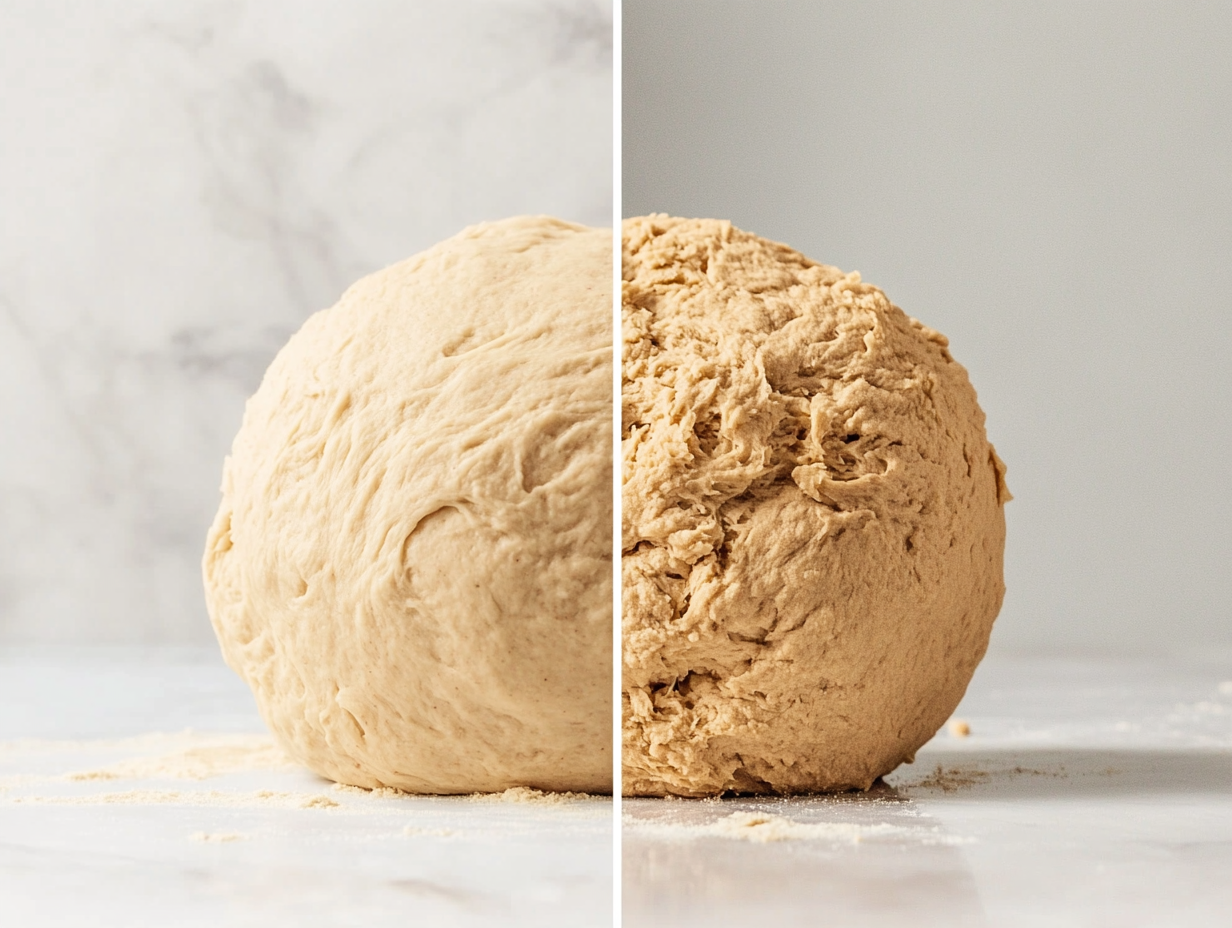
Role of Precision in Baking
Precision in baking is non-negotiable, as even small deviations can alter the outcome. Measurements must be accurate to ensure the correct balance of ingredients, which directly impacts chemical reactions. For instance, too much flour can result in dense baked goods, while too little sugar might prevent proper caramelization. Temperature control is equally crucial, affecting how ingredients behave. Oven temperature influences rise and texture; a cooler oven may cause cakes to sink, while too hot can lead to over-browning. Precise timing ensures that each stage of baking is executed perfectly, from the initial rise to the final set. Precision also extends to techniques, such as folding vs. stirring, which affects gluten development and overall texture. By mastering precision, bakers can replicate results consistently, troubleshoot issues, and achieve the desired texture and flavor.

Key Baking Ingredients
How Flour Impacts Baking
Flour is a cornerstone in baking, providing structure and texture to a variety of desserts. It contains proteins, primarily glutenin and gliadin, which form gluten when mixed with water. This gluten network traps air bubbles, giving bread its elasticity and rise. The type of flour used can significantly affect the end product. All-purpose flour is versatile, balancing protein content for a range of baked goods, while bread flour has higher protein, ideal for chewy textures. Pastry flour, with lower protein, is perfect for tender pastries. Substituting flours can impact texture; using cake flour in cookies, for instance, results in a softer bite. Flour also affects moisture absorption and cooking time. Understanding flour’s role helps in selecting the right type for desired results and in making adjustments for gluten-free alternatives or various baking techniques.
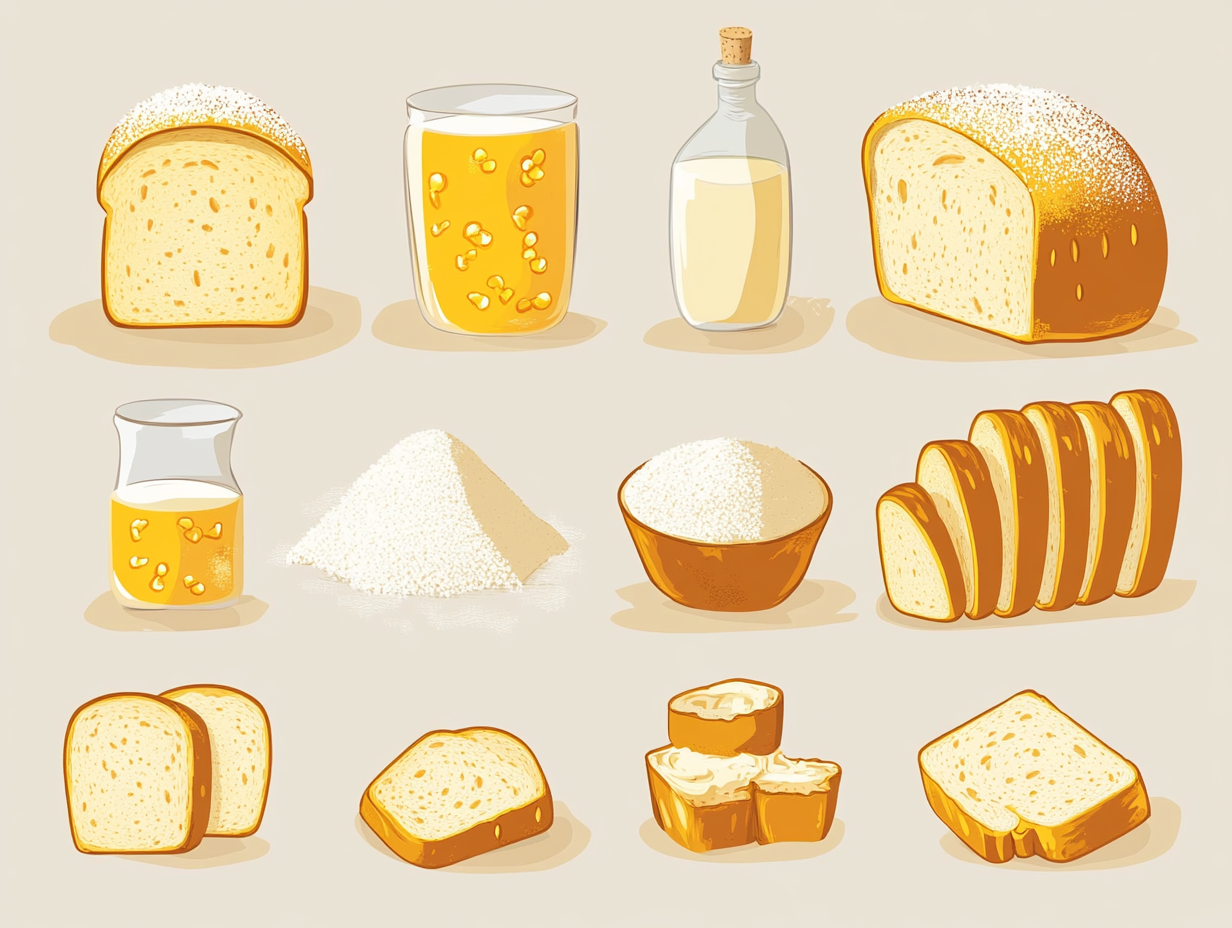
Role of Sugar in Desserts
Sugar is essential in desserts, offering sweetness, structure, and color. It acts as a tenderizer by inhibiting gluten development, resulting in softer baked goods. Sugar also plays a crucial role in browning through caramelization and the Maillard reaction, which enhances flavor and appearance. Its hygroscopic nature helps retain moisture, keeping cakes and cookies fresh longer. Different sugars offer unique qualities; brown sugar adds moisture and a hint of molasses flavor, while powdered sugar provides a smooth texture for icings. In recipes, sugar’s presence affects the balance of ingredients; reducing it drastically can lead to dense, pale, and dry results. Understanding sugar’s multifaceted role allows bakers to tweak recipes for desired sweetness, texture, and color. Moreover, alternative sweeteners, like honey or maple syrup, can be used for distinct flavors and moisture levels.
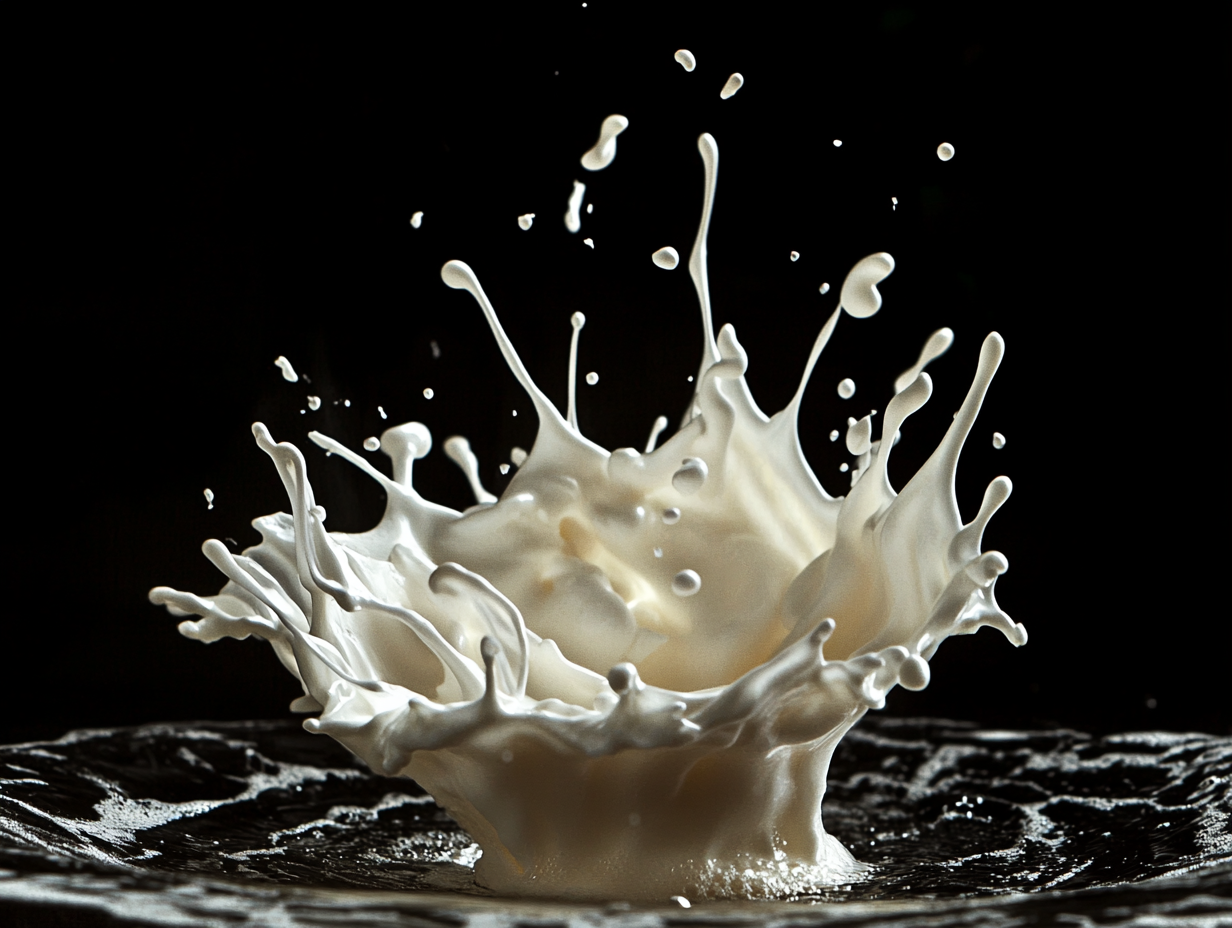
Function of Fats and Oils
Fats and oils are vital in baking, contributing to flavor, texture, and moisture. They act as tenderizers by coating gluten strands, preventing them from linking tightly, resulting in softer, flakier baked goods. This is why pie crusts and pastries are tender when they’re made with cold butter. Fats also add richness and carry flavors, enhancing the overall taste experience. Different fats impact the texture; butter adds a creamy texture and distinctive flavor, while shortening creates flaky layers. Meanwhile, oils contribute to a moist and tender crumb, often used in cakes and muffins. They also influence the aeration process, as in creaming butter with sugar, which traps air and contributes to leavening. Understanding the function of fats allows bakers to adjust recipes for desired textures and flavors or to substitute with alternatives like coconut oil or applesauce for varied results.
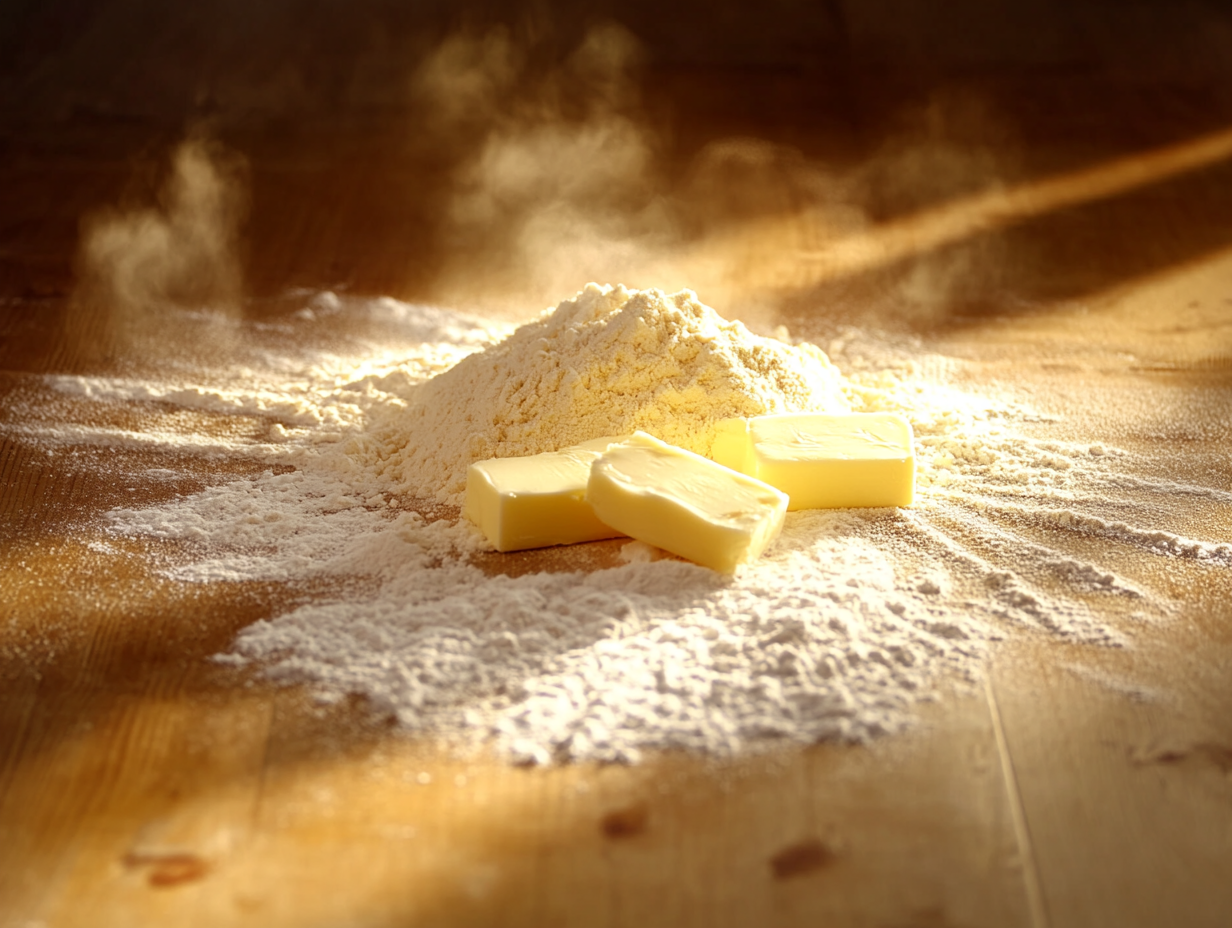
Leavening Agents Uncovered
How Leavening Agents Work
Leavening agents are crucial for adding volume and lightness to baked goods by generating gas that expands during baking. The primary agents include baking soda, baking powder, and yeast. Baking soda, a base, requires an acidic ingredient to activate and produce carbon dioxide, leading to a rise. Baking powder contains both an acid and a base, activating with moisture and heat, making it versatile in recipes without acidic components. Yeast, a living organism, ferments sugars, releasing carbon dioxide and alcohol, which enhances flavor and creates airy textures in bread. Each leavening agent reacts differently based on the dough’s composition and temperature, influencing the texture and rise. Understanding these agents helps bakers choose the right one for their needs, ensuring consistent results. Adjustments, like increasing baking powder for high-altitude baking, can be made to cater to specific conditions.

Understanding Yeast and Baking Powder
Yeast and baking powder are fundamental leavening agents with unique characteristics. Yeast is a living organism that ferments sugars, producing carbon dioxide and alcohol. This fermentation is essential in bread making, contributing to the dough’s rise and flavor complexity. Yeast requires time to work, as the fermentation process is gradual, allowing doughs to develop a chewy texture and rich taste.
In contrast, baking powder is a chemical leavening agent that offers a quick rise. It is made up of an acid and a base, usually cream of tartar and baking soda, which react when moistened and heated. This dual reaction ensures a consistent rise without the need for fermentation time. Baking powder is ideal for cakes and quick breads, providing a light, fluffy texture.
Understanding the differences helps bakers select the right agent for their recipes, enabling them to achieve desired results, whether aiming for a crusty loaf or a soft sponge cake.
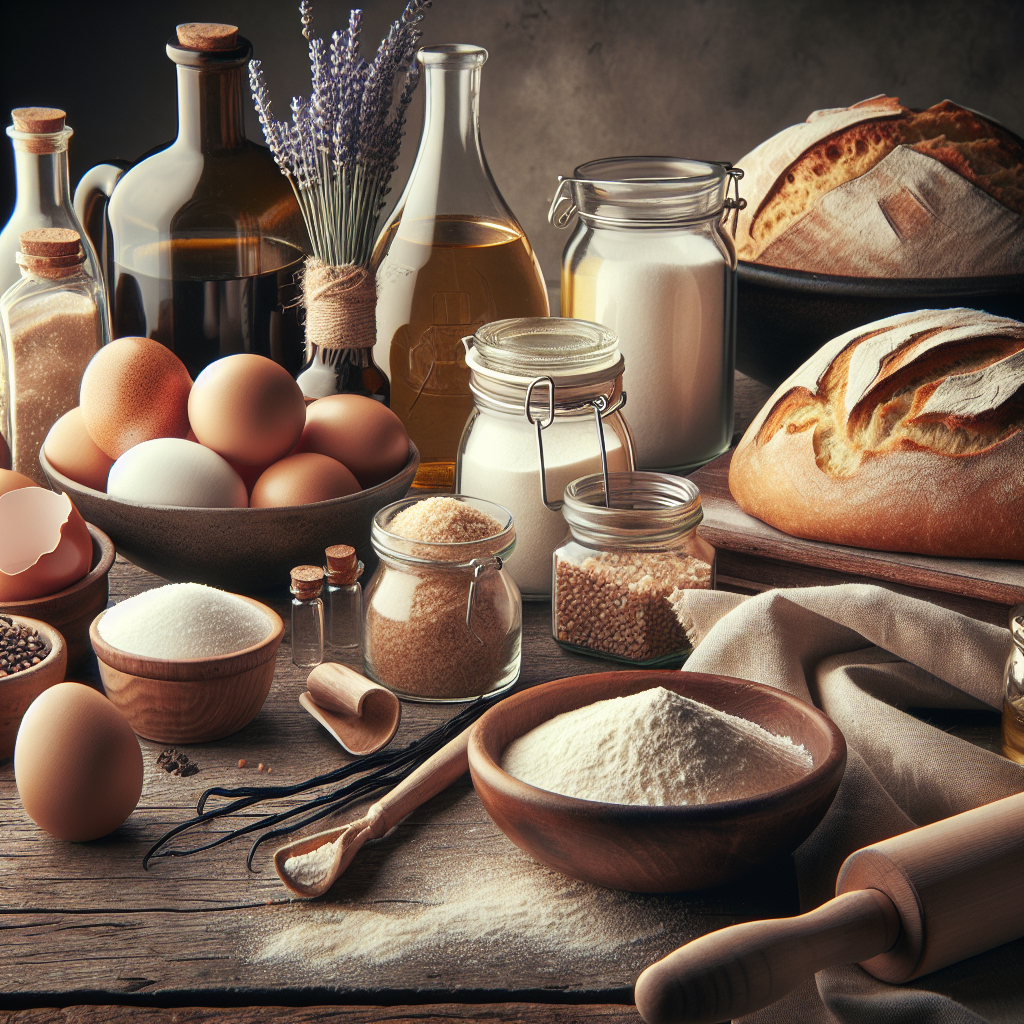
Role of Baking Soda in Baking
Baking soda, or sodium bicarbonate, is a powerful leavening agent used in baking. It is an alkaline compound that, when combined with an acid, produces carbon dioxide gas, which causes dough and batter to rise. Common acidic ingredients used with baking soda include yogurt, buttermilk, lemon juice, and vinegar. The immediate reaction of baking soda with acid requires quick action; once mixed, the batter or dough should be baked promptly to maximize the rise.
This quick-leavening action makes baking soda ideal for recipes needing a fast rise, like cookies and pancakes, contributing to a tender and airy texture. Additionally, baking soda aids in browning and enhances flavor by neutralizing excess acid, which can result in a slightly bitter taste. Understanding the role of baking soda helps bakers optimize texture and flavor, ensuring baked goods rise appropriately and have a balanced taste.

Perfecting Dessert Textures
What Makes Cakes Fluffy
Creating a fluffy cake involves a combination of ingredient selection and technique. Key factors include the use of leavening agents, such as baking powder or baking soda, which produce gas bubbles, causing the cake to rise. Creaming butter and sugar together is another critical step, as it incorporates air into the batter, enhancing lightness. Eggs also play a crucial role; their proteins provide structure while the yolks add richness, contributing to a tender crumb. Properly whipping the egg whites and folding them gently into the batter can further increase volume and fluffiness.
The consistency of the batter is vital; it should be neither too thick nor too thin to ensure even rising and baking. Additionally, maintaining the correct oven temperature ensures that the cake sets properly without collapsing. By mastering these elements, bakers can consistently achieve cakes with a soft, airy texture that delights with every bite.
Science Behind Crispy Cookies
Achieving the perfect crispy cookie involves understanding ingredient ratios and baking techniques. Key to crispiness is reducing moisture content, which means less flour and sugar compared to softer cookie recipes. The type of sugar used also plays a role; white sugar, for instance, leads to a crisper texture than brown sugar, which retains moisture due to its molasses content.
Fat is another factor; using butter can lead to crispiness due to its lower melting point, which spreads the cookie dough thinly. Baking time and temperature are crucial; higher temperatures for shorter periods can help achieve a crispy exterior while the inside remains slightly chewy. Meanwhile, thinner doughs spread more and crisp up better.
Cooling cookies on a rack allows steam to escape, avoiding sogginess. Understanding these elements helps bakers create the ideal crispy cookie, balancing flavors and textures for a satisfying crunch.

How to Create Moist Desserts
Creating moist desserts hinges on ingredient balance and technique. One critical factor is the liquid content; incorporating ingredients like milk, buttermilk, or yogurt adds moisture and richness. Fats, such as butter and oil, also play a crucial role, as they coat flour proteins, reducing gluten formation and resulting in a tender texture.
Sugar contributes to moisture retention due to its hygroscopic nature, drawing and holding water within the dessert. Eggs add structure and moisture, with yolks providing additional fat. Proper mixing techniques are essential to avoid overworking the batter, which can lead to a dense texture by developing too much gluten.
Baking at the right temperature ensures even cooking without drying out the dessert. Additionally, covering cakes with foil during baking or brushing simple syrup over a cake’s surface can help retain moisture. By mastering these elements, bakers can achieve perfectly moist desserts that delight with every bite.

Tips and Troubleshooting
Baking Ingredient Substitutions
Substituting baking ingredients can accommodate dietary needs or ingredient shortages while maintaining the quality of the dessert. When replacing ingredients, understanding the role each plays is crucial to achieving similar textures and flavors. For instance, applesauce or mashed bananas can replace butter or oil, adding moisture while cutting calories. Both options work well in denser baked goods like muffins and quick breads.
For flour, almond or coconut flour can substitute for wheat flour in gluten-free baking, though they may require adjustments in liquid content due to their unique moisture retention properties.
Eggs can be substituted with flaxseed meal mixed with water or commercial egg replacers for a vegan-friendly option. Milk alternatives like almond or soy milk can replace dairy milk, though they might alter the flavor slightly.
Understanding these substitutions helps bakers adapt recipes successfully, ensuring that desserts remain delicious and satisfying despite ingredient changes.
Why Recipes Fail in Baking
Baking mishaps are often due to common errors in ingredient measurement, technique, or environmental factors. Incorrect measurements can throw off the balance of a recipe; too much flour can lead to dry and dense baked goods, while inadequate leavening might result in a flat texture. Precision is key; using a digital scale for accuracy can help avoid such issues.
Overmixing is another frequent mistake, as it develops excess gluten, leading to tough and chewy textures rather than tender and light ones. Baking at the wrong temperature can also cause problems; a too-hot oven might burn the exterior before the inside cooks through, while a cool oven may prevent proper rising.
Lastly, humidity can impact flour’s absorption rate, affecting dough consistency. Adjusting ingredients for humidity levels or using pre-packaged blends can help mitigate this. Understanding these factors assists bakers in troubleshooting and perfecting their techniques for reliable outcomes.
Baking Troubleshooting Tips
When baking doesn’t go to plan, a few troubleshooting tips can save your desserts. If your cake sinks in the middle, it might be due to underbaking or too much leavening. Ensure your oven is properly preheated and check with a toothpick for doneness. For cookies that spread too much, refrigerate the dough before baking; this helps solidify the fat and slows spreading.
Dense bread might result from inactive yeast or insufficient kneading. Always check yeast freshness and knead until the dough is smooth and elastic. If your pie crust is too tough, avoid overworking the dough and ensure cold ingredients are used to prevent gluten overdevelopment.
For overly dry cakes, consider brushing with a simple syrup after baking to add moisture. Adjusting baking time and ingredient ratios can also help achieve the desired texture. With these tips, bakers can effectively address common issues and improve their baking success.



